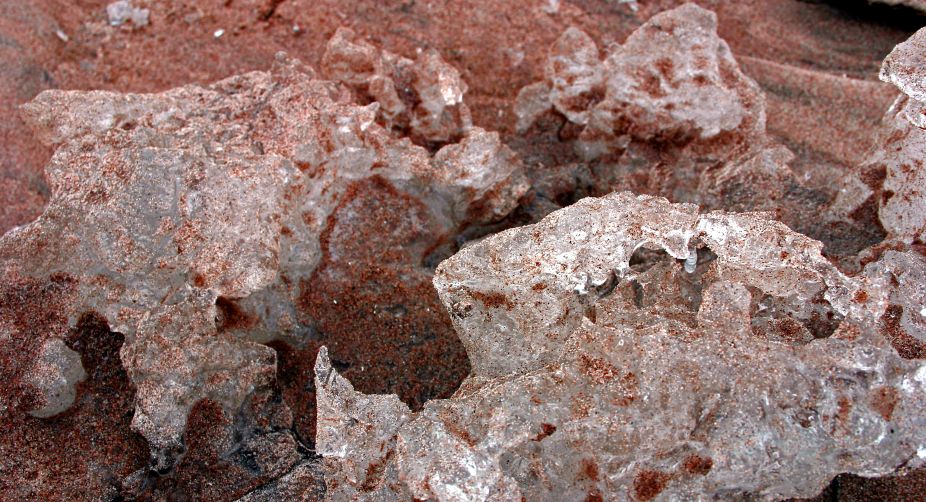Using a model similar to what meteorologists use to forecast weather and a computer simulation of the physics of evaporating ices, scientists have found evidence of snow and ice features, known as "penitentes", on Pluto. Until now, these had only been seen on the Earth.
Penitentes are snow and ice features formed by erosion that, on the Earth, are characterised by bowl-shaped depressions with blade-like spires around the edge that rise up to several metres.
Advertisement
Until now no penitentes have been identified conclusively on planetary bodies other than the Earth.
The new research, published in the journal Nature, indicates that these icy features may also exist on other planets where environmental conditions are similar.
"This test of our terrestrial models for penitentes suggests that we may find these features elsewhere in the solar system, and in other solar systems, where the conditions are right," said lead researcher John Moores of York University, Toronto, Canada.
Though Pluto's environment is very different from the Earth's — it is much colder, the air much thinner, the sun much dimmer and the snow and ice on the surface are made from methane and nitrogen instead of water — the same laws of nature apply, Moores said.
The identification of these ridges in Pluto's informally named Tartarus Dorsa area suggests that the presence of an atmosphere is necessary for the formation of penitentes, which would explain why they have not previously been seen on other airless icy satellites or dwarf planets, Moores said.
The research team compared its model to ridges on Pluto imaged by NASA's New Horizons spacecraft in 2015.
Pluto's ridges are much larger — about 500 metres tall and separated by about three to five kilometres — than their earthly counterparts.
"This gargantuan size is predicted by the same theory that explains the formation of these features on the Earth," Moores said.
"In fact, we were able to match the size and separation, the direction of the ridges, as well as their age: three pieces of evidence that support our identification of these ridges as penitentes," Moores noted.
The research was done in collaboration with scientists at the Johns Hopkins University Applied Physics Laboratory and NASA Goddard Space Flight Center.











